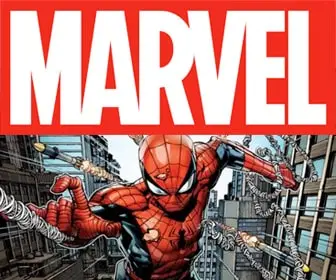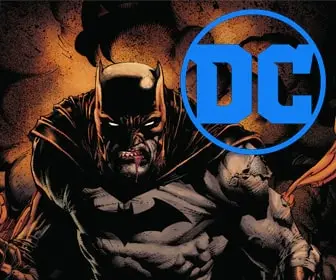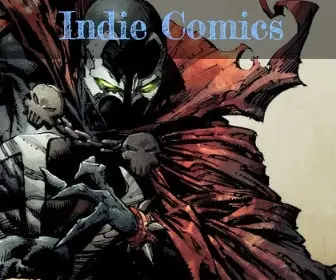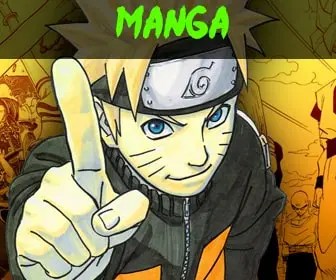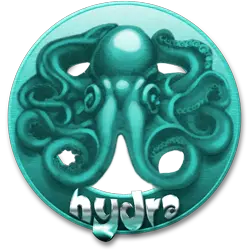
Exploring the Diverse Styles of Comic Books: From Classic to Experimental
Comic books are a visual medium that combines art and storytelling, creating a unique and captivating form of entertainment. One of the fascinating aspects of comic books is the wide range of art styles employed by talented artists throughout the years. From classic and iconic to experimental and avant-garde, comic book styles have evolved and diversified, reflecting the ever-changing landscape of the medium. In this blog post, we will delve into the various styles of comic books, exploring their characteristics, influences, and impact on the storytelling experience.
Classic Comic Book Style

The classic comic book style is characterized by clean lines, bold colors, and expressive characters. This style, popularized in the Golden Age and Silver Age of comics, often features dynamic poses, exaggerated facial expressions, and clear sequential storytelling. It embraces a sense of nostalgia and evokes a timeless charm, with iconic examples found in the works of artists like Jack Kirby, Steve Ditko, and Carmine Infantino.
Realistic and Pictorial Style
Moving away from the exaggerated and stylized approach, some comic book artists employ a more realistic and pictorial style. This style emphasizes intricate details, meticulous rendering, and a focus on capturing the nuances of human anatomy and facial expressions. Artists like Alex Ross and Brian Bolland are known for their stunningly realistic illustrations, bringing a sense of depth and dimension to the comic book page.
Manga Style
Originating from Japan, manga has had a significant influence on the comic book industry worldwide. Manga-style artwork is characterized by its distinct features, including large expressive eyes, exaggerated emotions, and a wide range of visual storytelling techniques. Artists like Akira Toriyama (Dragon Ball) and Naoko Takeuchi (Sailor Moon) have popularized the manga style, which offers a unique and often immersive reading experience.
Abstract and Experimental Style
Some comic book artists push the boundaries of traditional storytelling by adopting abstract and experimental art styles. These styles may employ unconventional layouts, non-linear narratives, and surreal or symbolic imagery. Artists like Grant Morrison and Dave McKean are known for their innovative and thought-provoking approach, challenging readers’ expectations and expanding the possibilities of the medium.
Digital and Mixed Media Style
With the advancement of technology, digital art tools and techniques have become increasingly prevalent in the comic book industry. Digital art allows for precise line work, vibrant colors, and the integration of various media elements such as photography and 3D rendering. Artists like Fiona Staples (Saga) and Jamie McKelvie (The Wicked + The Divine) demonstrate the possibilities of digital and mixed media styles, creating visually stunning and dynamic comic book pages.
The world of comic books is a visual feast, showcasing a myriad of styles that cater to diverse artistic sensibilities and storytelling approaches. From the classic and timeless to the experimental and boundary-pushing, comic book styles continue to evolve and captivate readers. Each style brings its own unique flavor and contributes to the richness and versatility of the medium. Whether you’re drawn to the bold and iconic look of the Golden Age or the abstract and innovative creations of modern artists, comic book styles offer something for everyone, making the reading experience an immersive and visually exciting journey.




